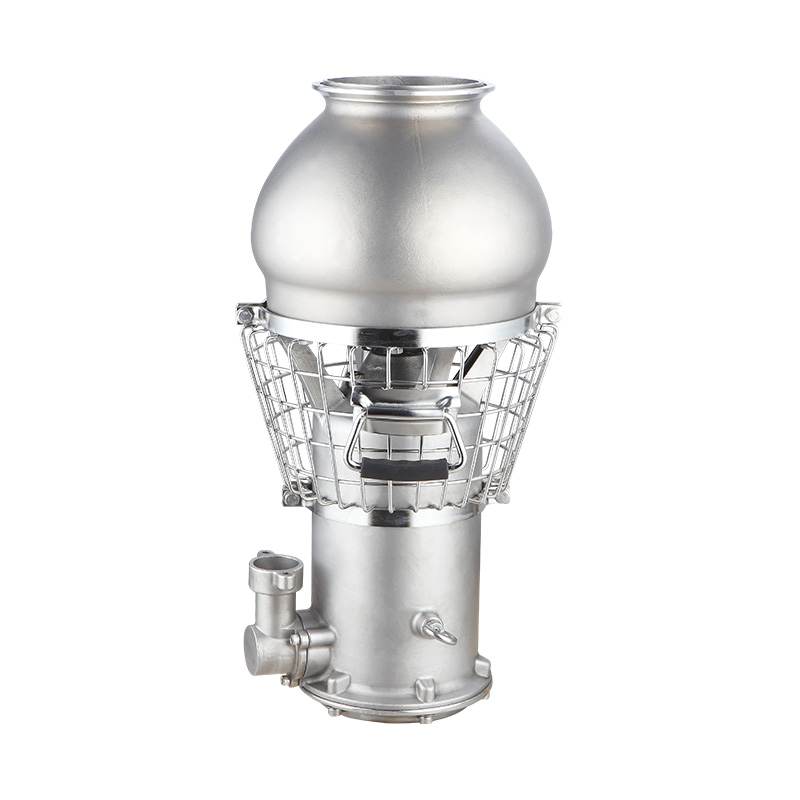Water management is critical for modern agriculture, where both excess water and drought can threaten crop yields. Drainage Pump and Emergency Flood Control Pump provide effective solutions for controlling water levels in farmland, ensuring optimal growing conditions, and preventing soil erosion. These tools are essential for maintaining agricultural productivity while supporting sustainable practices. By combining efficiency, durability, and rapid response, Drainage Pump and Emergency Flood Control Pump help farmers protect crops, conserve resources, and reduce environmental impact. These systems also support climate-resilient farming, helping farmers adapt to unpredictable weather patterns and extreme rainfall events.

Excess water can damage crops, affect soil quality, and reduce yields. Drainage Pump efficiently removes surplus water from fields, maintaining a healthy environment for plant growth.
Farmers rely on these pumps to ensure proper drainage during heavy rains or when irrigation systems produce more water than the soil can absorb. By controlling water levels, Drainage Pump prevents waterlogging, root damage, and nutrient loss, supporting healthier, more resilient crops. Furthermore, proper drainage enhances soil aeration, encouraging microbial activity and long-term fertility.
Unexpected floods can devastate farmland, leading to crop loss and financial setbacks. Emergency Flood Control Pump is designed to respond quickly, moving large volumes of water away from vulnerable areas.
Its durability and high-capacity operation make it ideal for extreme weather conditions. By reducing flood impact, this pump protects not only crops but also farm infrastructure, including barns, storage facilities, and irrigation equipment. Rapid water removal ensures minimal disruption to agricultural activities, allowing farmers to resume operations swiftly and safeguard livelihoods.
Proper irrigation is crucial for sustainable agriculture. Drainage Pump systems can be integrated with irrigation setups to regulate water supply efficiently, ensuring that crops receive the right amount without overwatering.
Emergency Flood Control Pump can also assist in redistributing excess water to storage ponds or reservoirs for later use, supporting water conservation. This dual functionality enables farmers to optimize water usage, reduce waste, and enhance overall farm efficiency. Additionally, these pumps help manage soil salinity levels and reduce water stress, promoting healthier crop growth and better yields.
Excessive water on farmland can lead to soil erosion, nutrient runoff, and contamination of nearby water sources. Drainage Pump and Emergency Flood Control Pump help mitigate these environmental risks by controlling water flow and preventing uncontrolled runoff.
By maintaining balanced water levels, these pumps protect natural ecosystems, preserve soil health, and support sustainable farming practices. They offer a practical way to integrate environmental responsibility into everyday agricultural operations. Efficient water management also helps prevent sedimentation in rivers and reduces the risk of downstream flooding, contributing to regional environmental stability.
Modern agriculture requires reliable water management tools to prevent crop damage, protect infrastructure, and support environmental sustainability. Drainage Pump and Emergency Flood Control Pump provide solutions that balance efficiency, durability, and rapid response, making them indispensable for farmers. These pumps ensure that farmland remains productive, resilient, and environmentally responsible, reducing risks from both water excess and scarcity. Integrating Drainage Pump and Emergency Flood Control Pump into agricultural water management strategies is a proactive approach that safeguards crops, resources, and long-term sustainability. With these systems, farmers can optimize irrigation, respond to emergencies, and maintain a secure and sustainable agricultural operation year-round.